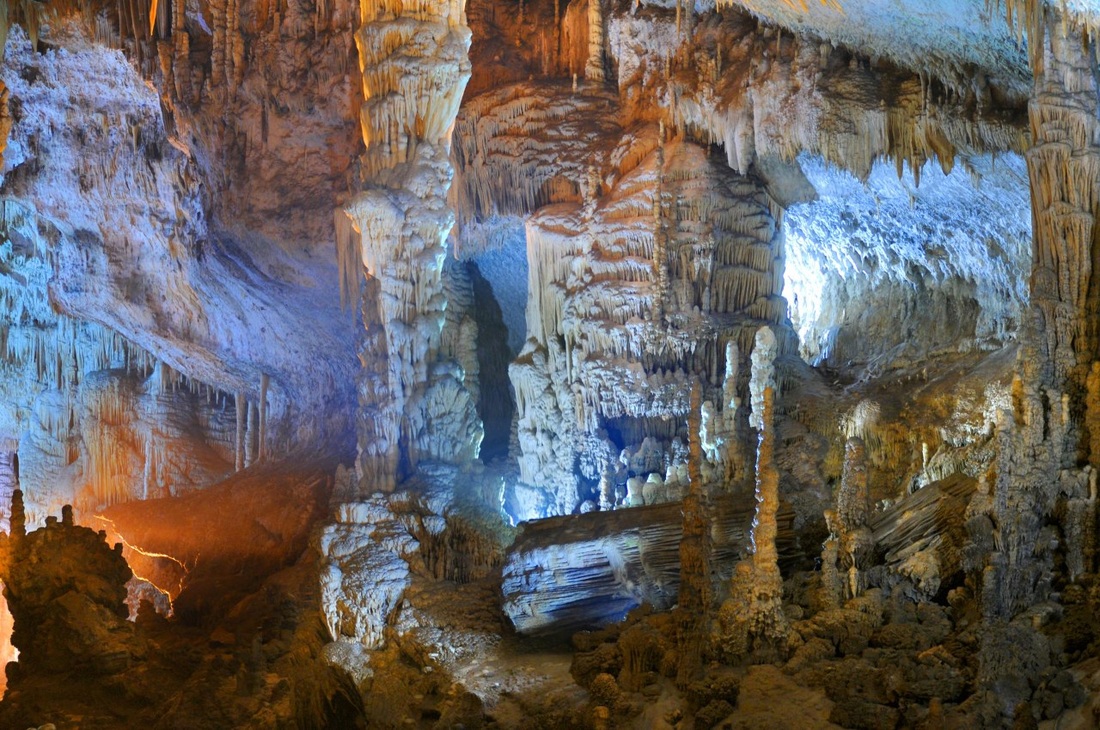

Have you ever heard of Jeita Grotto? If you haven’t then you are missing out on the most beautiful cave you will ever see. Jeita Grotto is located in Lebanon and is cherished by the people. Not to mention that Jeita Grotto is the longest cave in the middle east. As well as it is on the top 14 finalists in the New 7 Wonders 7 Wonders of Nature competition. It is also approximately 11 miles north of Beirut. It was discovered by an American missionary named William Thomson in 1836. William Thomson traveled through the cave for about 160 feet. Moreover, Jeita grotto has two separate caves that connect at some point. It is also a two level cave that is called the upper galleries and the lower galleries. The lower galleries were discovered in 1836 and opened to the public in 1958. People can visit the lower galleries by boat. As for the upper galleries, they opened in January 1969 and can be seen on foot. Jeita Grotto can be visited in the summer to both the upper and lower galleries while also enjoying the fresh temperatures in the caves. Sometimes the lower section is closed in the winter because of the water level getting high. On the other hand, the upper galleries are opened all year. Thousands of people go and visit the caves because of its beauty and wonders. As a result of 280 thousand people visiting each year, it helps with the economy and giving people jobs. So why don’t you help out Lebanon’s economy and go visit someday?










